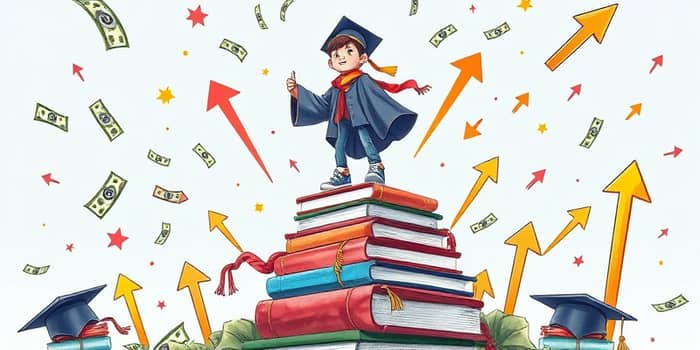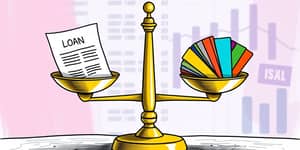
Student loan debt has become a defining financial challenge for millions of Americans, burdening young professionals and graduates with the weight of long-term obligations. With the total U.S. student loan debt nearing $1.77 trillion, many borrowers feel trapped in a cycle of interest and payments that seems impossible to escape.
But there are proven methods to break free, regain control, and accelerate the path to financial freedom. By adopting practical repayment strategies and fostering a mindset of intentional money management, borrowers can start chipping away at their debt sooner and more effectively.
Understanding the scope of the problem is the first step toward a solution. Approximately 42.7 million Americans currently hold federal student loan debt, accounting for the vast majority of outstanding balances. On average, each borrower owes about $38,000, a figure that continues to rise as tuition costs increase.
These statistics underscore the urgency of crafting a tailored repayment plan. Borrowers face a variety of options—federal versus private loans, fixed versus variable rates, and multiple repayment plans. Navigating these choices can feel overwhelming, but knowledge is the key to empowerment.
Accelerating loan repayment requires a combination of discipline, planning, and smart use of available resources. The following strategies have helped countless borrowers reduce their balances and save thousands in interest.
While these first four strategies focus on consistent, incremental progress, there are additional tactics that can deliver more substantial long-term benefits.
Beyond repayment tactics, understanding broader financial principles can fortify your approach and ensure lasting stability:
Avoid unnecessary fees by keeping up with due dates and understanding capitalization of interest. Late or deferred payments can cause interest to accumulate onto your principal balance, making loans more expensive in the long run.
Also, investigate whether your employer offers student loan assistance as part of their benefits package. Many companies now provide matching contributions or lump sum payments toward employee education debt, a perk that can substantially reduce your burden.
Conquering student loan debt is not a sprint but a marathon. By combining disciplined habits, strategic payments, and a deep understanding of available programs, you can transform a daunting obligation into a manageable milestone on your financial journey.
Start today—whether that means setting up auto-pay, making an extra biweekly payment, or exploring forgiveness programs—and watch as your debt shrinks and your confidence grows. With each payment, you’re not only reducing what you owe, but also investing in your future and reclaiming financial freedom.
References













